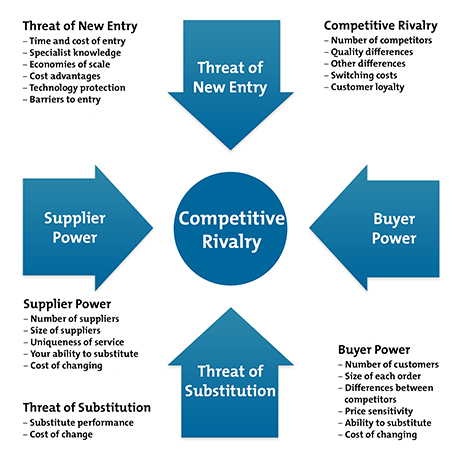TRADING:
========
Finbiz.com --- Everything in One Place
IdeaHubs --- OptionExpress lists of Big Movers, Rich Premium Options
Unusual Options Activity --- volume increase, price change, option strike price, etc.
SmartEdge --- Shwab's SmartEdge, see MarketEdge Rating Changes
========
Options House ----1, cheap stocks + RUT & NDX (fee is much cheaper than SPX(PM)) 2, Big
amount of contracts (e.g. LC AVP, etc.)
Portfolio Margin is Bad --- Don't Use It!
投资是寂寞的工作要去把握容易挣的钱 --- Good Read!
Misc Tips:
1, How to take screenshot? Command-Shift-4, then mouse in the area,
releasing Command-Shift-4 will save the picture on desktop
2, Fidelity Learning Center --- Refresh Ideas
3, MTA Learning Center --- articles, videos, knowledge base, etc.
4, Michael Covel Trend Following Podcast --- podcasts from different big names
5, Mark Sebastian OptionPit --- weekly webinar by author of "Using Option as a Hedge Fund"
6, Using Options to do Value Investing
========
Finbiz.com --- Everything in One Place
IdeaHubs --- OptionExpress lists of Big Movers, Rich Premium Options
Unusual Options Activity --- volume increase, price change, option strike price, etc.
SmartEdge --- Shwab's SmartEdge, see MarketEdge Rating Changes
========
Options House ----1, cheap stocks + RUT & NDX (fee is much cheaper than SPX(PM)) 2, Big
amount of contracts (e.g. LC AVP, etc.)
Fidelity --- 6-Month Insurance kind (Credit Spreads with Stable Companies,
S&P 500, S&P 100, Dow 30)
TD --- Watch Out for ITM(s), adjust accordingly
趋势交易法 --- Candle Stick
MACD --- Buy or Sell
========
趋势交易法 --- Candle Stick
MACD --- Buy or Sell
========
Stock Broker Frauds to be avoid --- Brokers are Animals!
投资是寂寞的工作要去把握容易挣的钱 --- Good Read!
========
Most Active Options --- Calls + Down Price -> price increase
Bull Put Spread --- Pick ONE 95% with 5%+ return in a week
Naked Put --- Pick One That is At Least 25% Return with Small Delta
CBOE Top Trades --- What are the big guys selling
Sectors List --- review stocks in each sector
S&P 500 List --- By Market Cap
牛经沧海 2017 List Status --- Check Its Trend
6 Steps to Find Investment Ideas --- Detailed Steps to Locate Stocks to Gain on Which Week
EDUCATION:
6, TD Education
8, Trader HQ
Misc Tips:
1, How to take screenshot? Command-Shift-4, then mouse in the area,
releasing Command-Shift-4 will save the picture on desktop
2, Fidelity Learning Center --- Refresh Ideas
3, MTA Learning Center --- articles, videos, knowledge base, etc.
4, Michael Covel Trend Following Podcast --- podcasts from different big names
5, Mark Sebastian OptionPit --- weekly webinar by author of "Using Option as a Hedge Fund"
6, Using Options to do Value Investing










